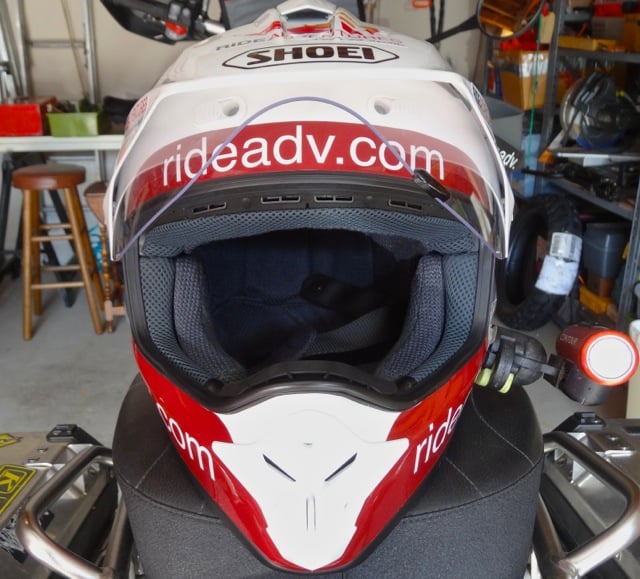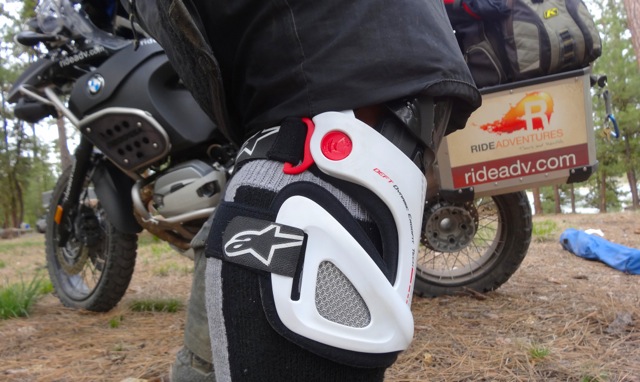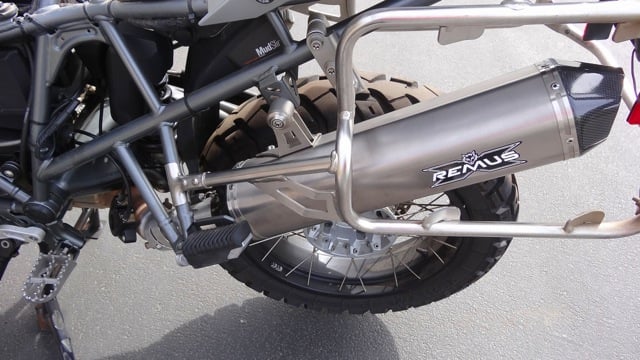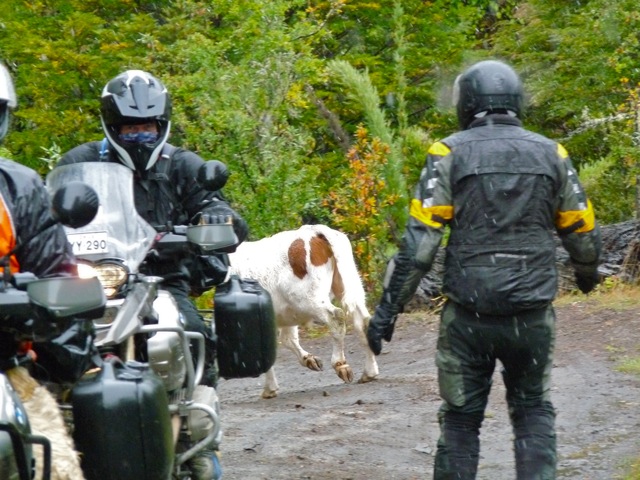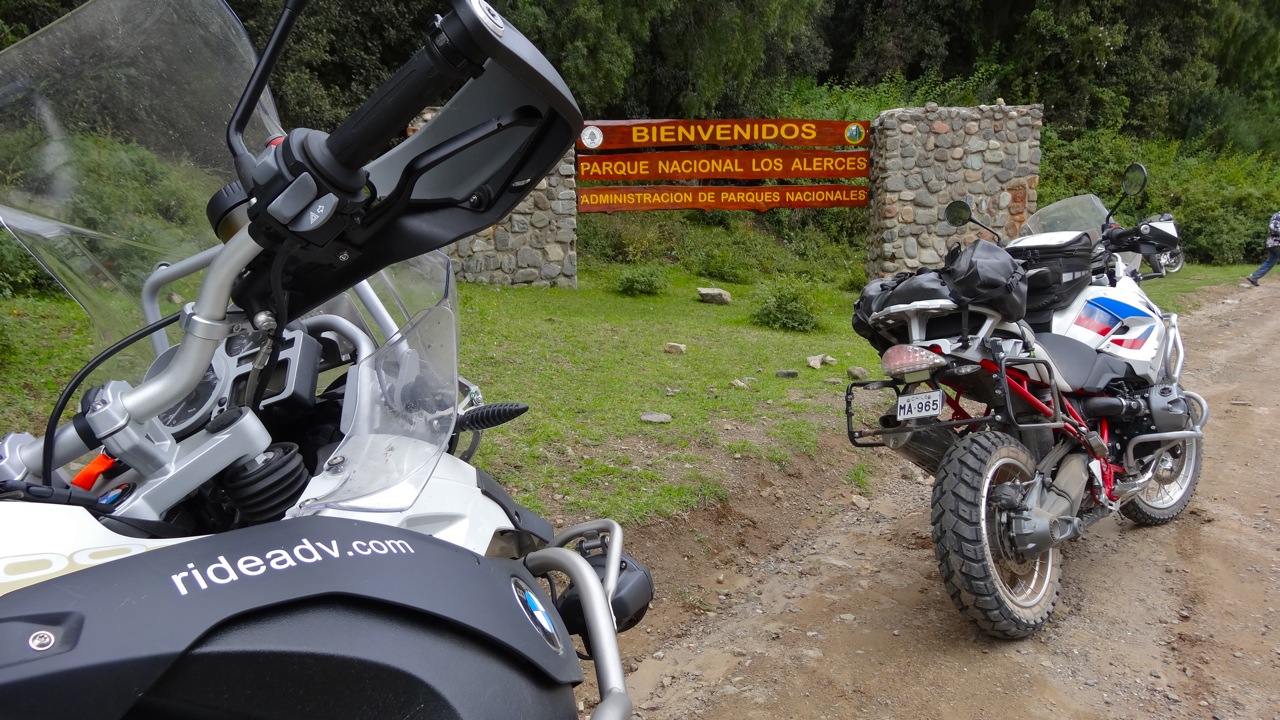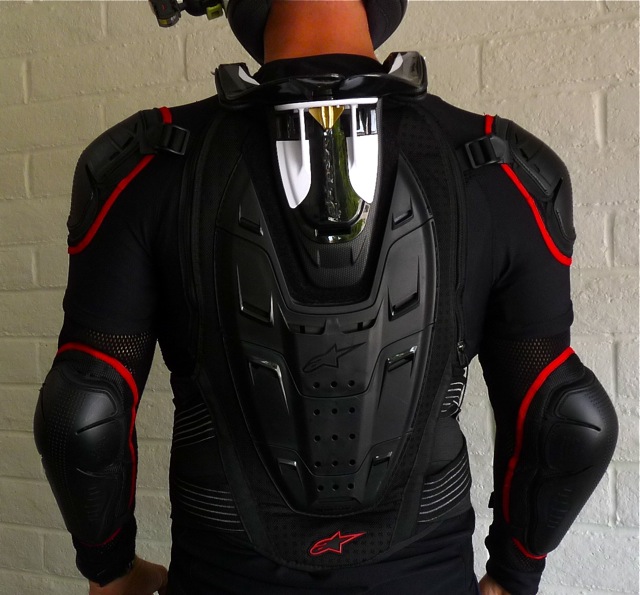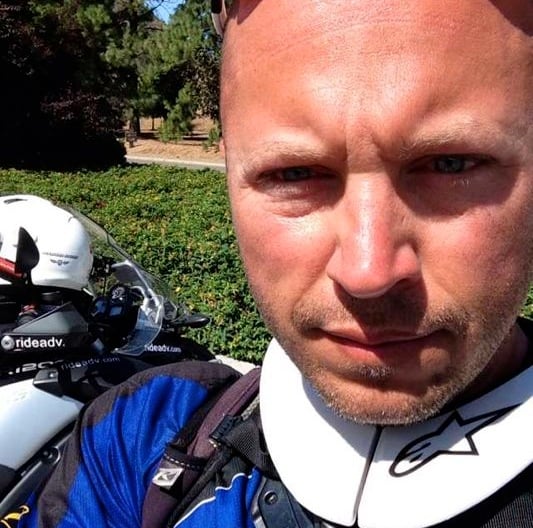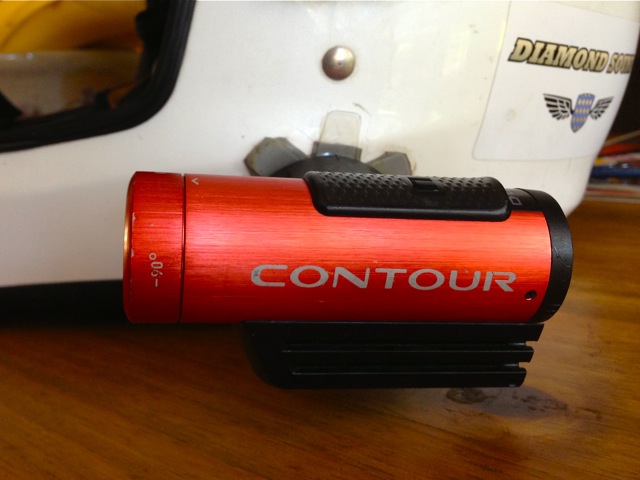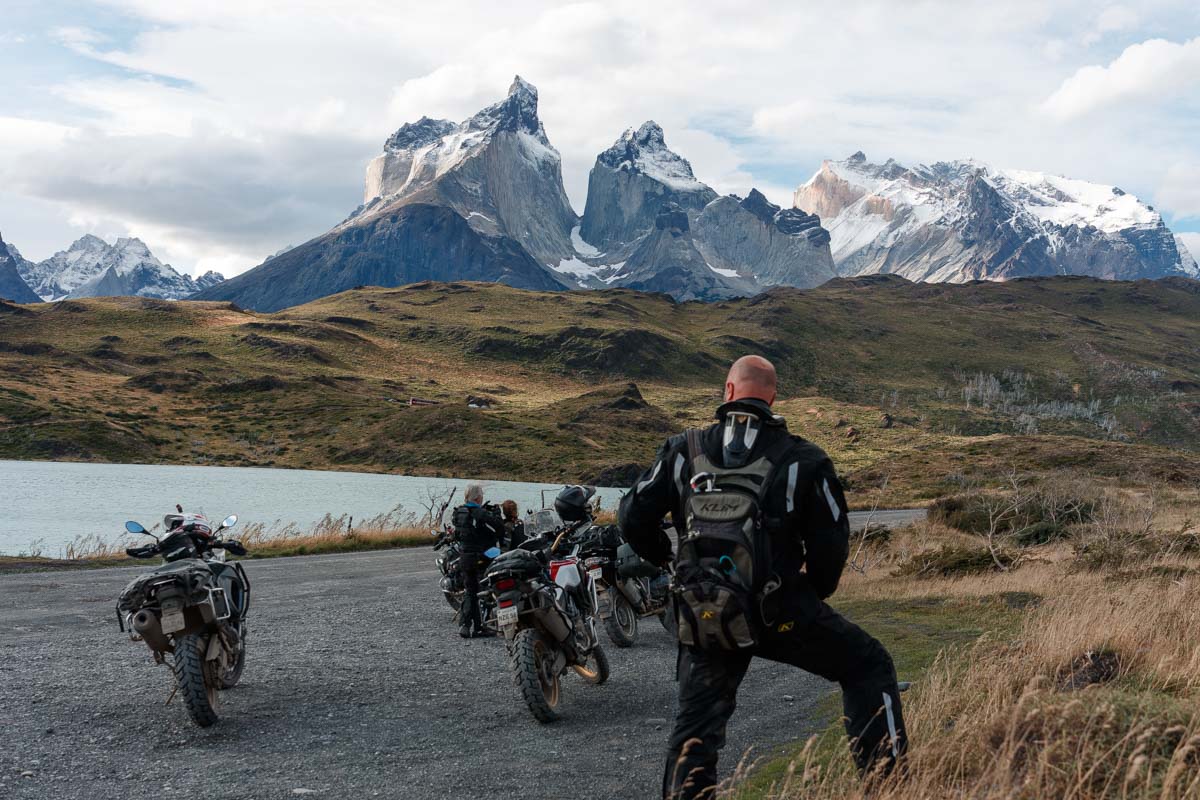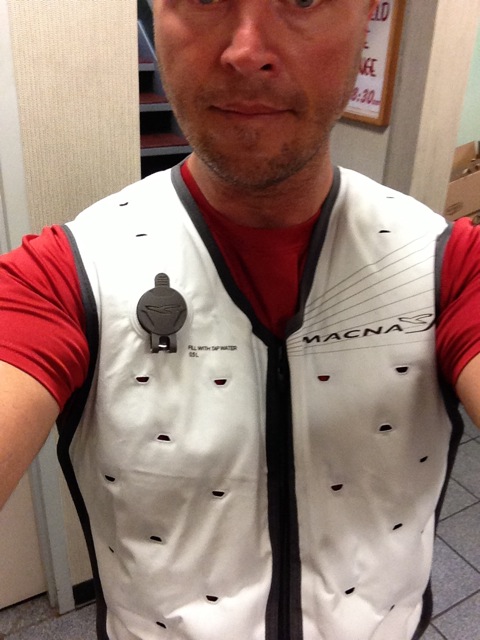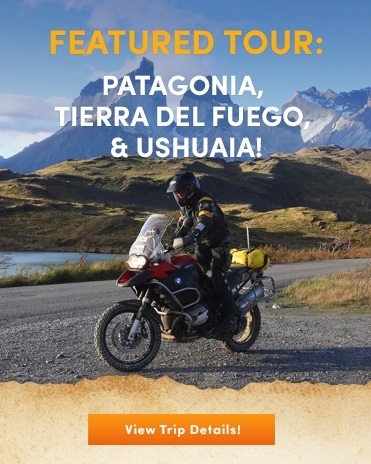For this rider, Shoei's Hornet DS Dual Sport Helmet is the best, and is going to be tough to beat.
Thoughts on The Best Dual Sport Motorcycle Helmet (for me)
A situation developed on our "Patagonia, Tierra del Fuego & Ushuaia!" tour in February such that I needed the original muffler on my 2012 BMW R1200GS Adventure taken off the bike and sent down to us in Chile for use on another bike in the fleet.
If you've booked your motorcycle rental or some kind of adventure ride with us and need to figure out the best way to transport all your clothes, riding gear, and travel items, this short version of our "How to Pack" video series sums it all up nicely for you! It's a low-cost, reliable way to make sure you're not stuck figuring out a plan for your excess luggage.
I managed to pin down Nic Sims, head of Media Relations at Alpinstars USA and ask some questions about the motorcycle industry and where he sees the future of motorcycle protective gear going:
"An agonizing feeling, that tele-tubby box of a camera haunted my dreams. The more I saw it the more I wanted to scream inside. Not out of anger, but out of disbelief that something so ugly could take over the market like a tidal wave." - Marc Barros - Co-Founder of Contour Inc. (Source: marcbarros.com)
Folks, I can't believe it happened, but the best helmet camera company out there just shut down last month. A classic example of how big money and huge marketing budgets can propel an inferior product to the front of the market and squash the best camera companies into oblivion, this is quite a shame. Equally shameful is that this kind of thing happens in many other industries, including the motorcycle touring & renting business. Big money and advertising has many customers "running to the biggest" company, instead of getting the most value out of their dollar with others who don't spend as much on advertising. Oh well, such is business for now I guess.
Klim Badlands Pro Jacket Review: Ride Team Tested but Do We Approve?
With abrasion resistance, armor, and high-tech features that Batman himself could aspire to, few adventure jackets are as coveted as the Klim Badlands Pro, but is this high-performance jacket worth it's high price tag?
Motorcycle Gear Review: Staying Cool with the Macna Dry Cooling Vest
I just realized something: I wasn't even sweating during this video take! (See video below.) Just me and an iPhone on the side of a road with full motorcycle padding on in 105F/40C degree temperatures in the middle of July in northern California. Guess this says something about the Macna Dry Cooling Vest.

